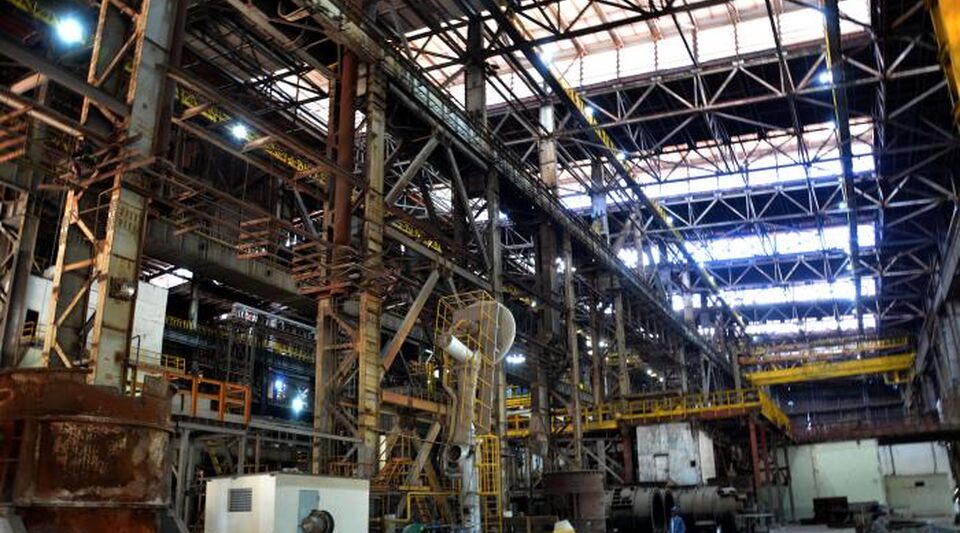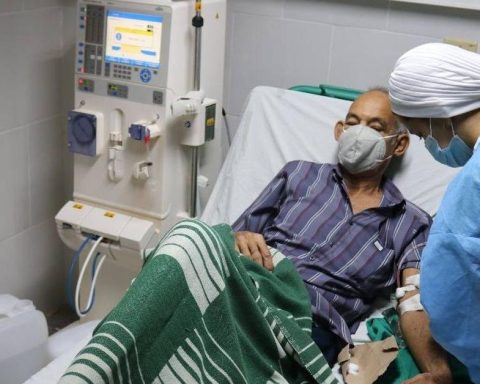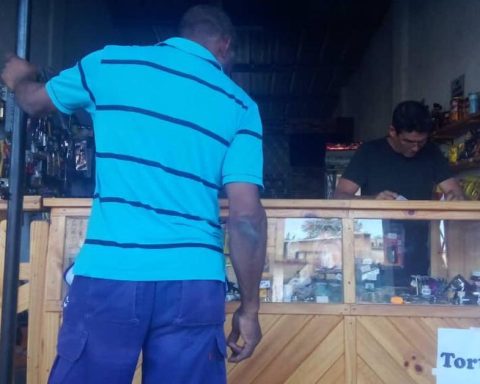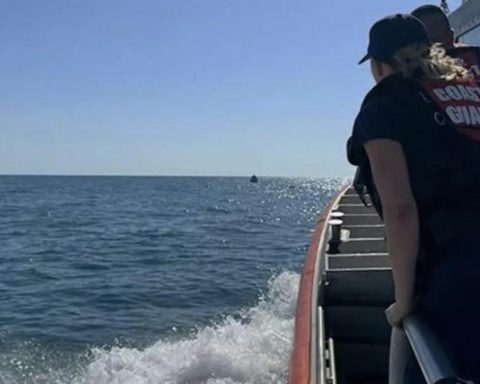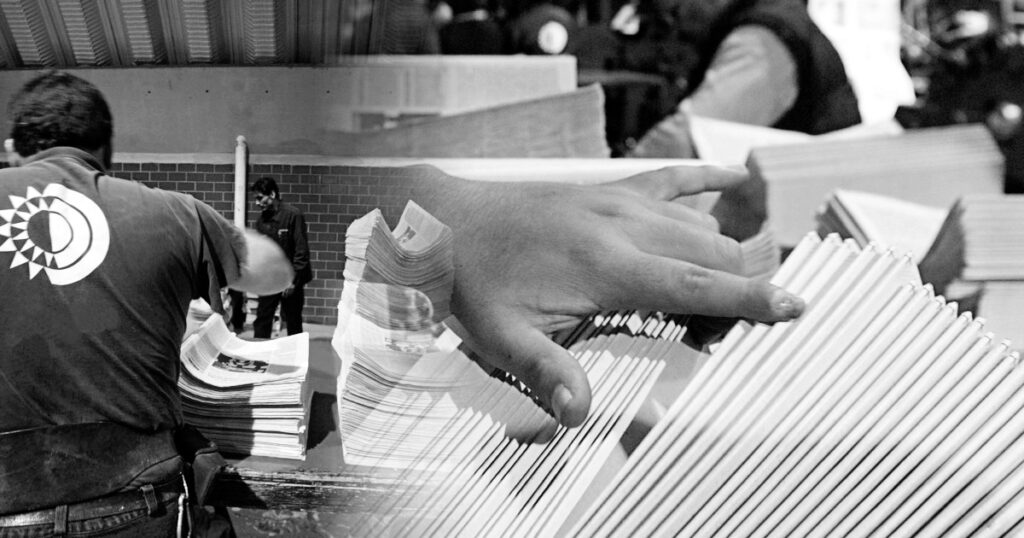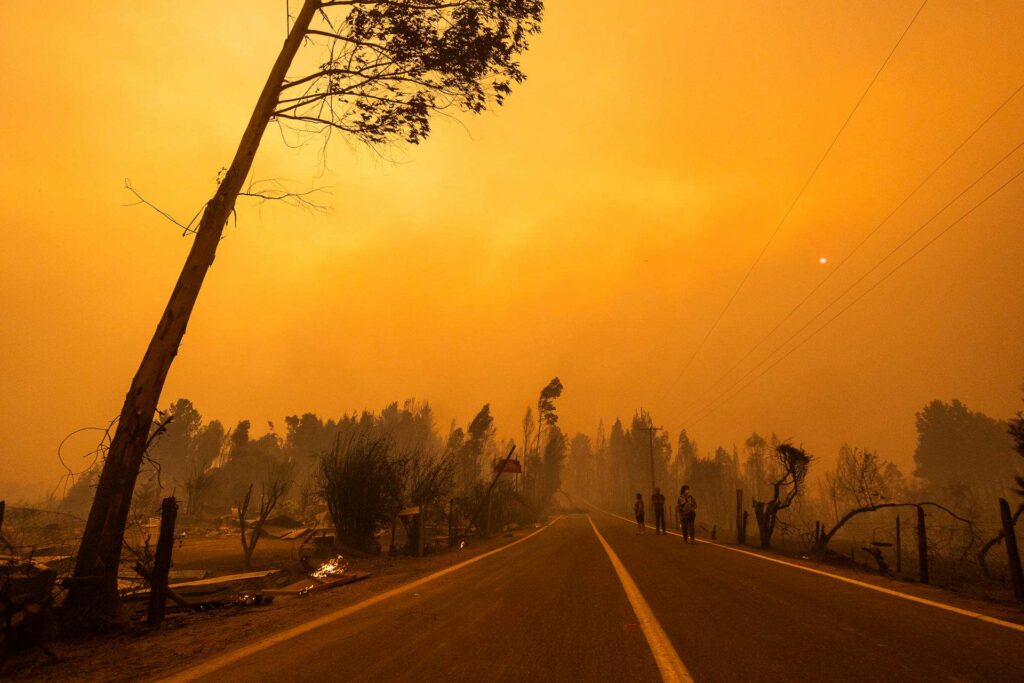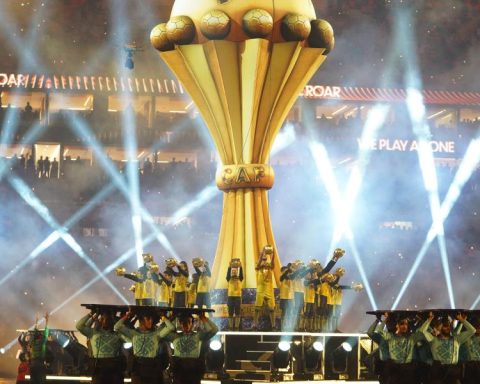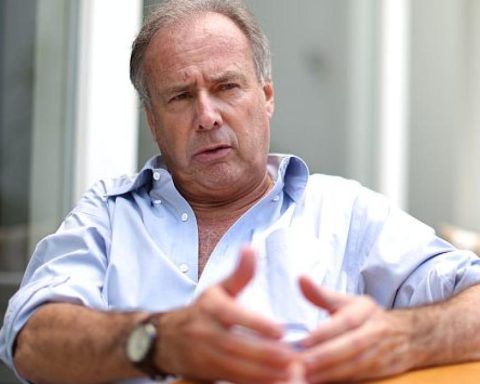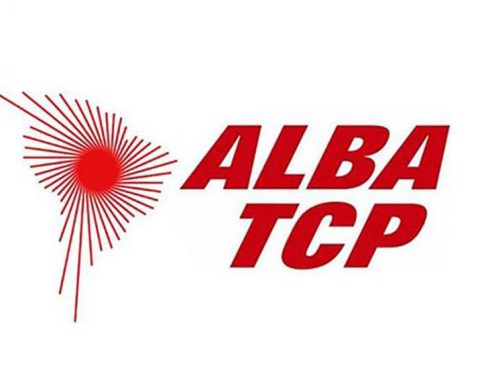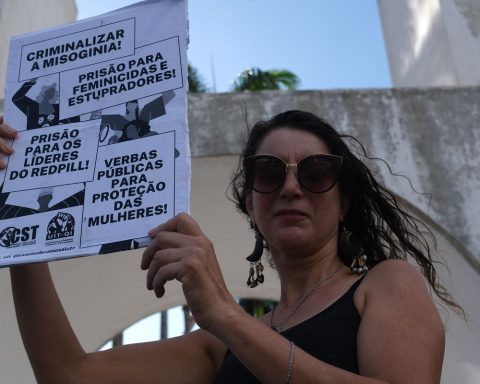With the credit of 111 million dollars, offered by Russia to Cuba in 2017, the integral repair of Antillana de Acero has been achieved. Now, the experts wonder, it remains to be seen how, in a country that lives to the rhythm of blackouts, the enormous amount of electrical energy necessary to run the ovens, cranes and other equipment is going to be obtained.
interrogated by Granmathe general director of Antillana, Reinier Guillén Otero, confirmed that the situation of his company was “critical”. They had been negotiating with Russia for years to finance the repair, which was approved five years ago. The result, rather than restoring, consisted in replacing, in practice, the entire structure of the factory.
The Russian credit was spread across 54 projects, Guillén estimated, including the steelmaker, which required the “most expensive and dangerous” process. The roof of the steel mill, with a maximum height of 45 meters and a total extension of 27,000, could only be repaired in 40%.
The renovation of the streets, the foundations of the plant and other common spaces required 5,000 cubic meters of “high resistance” concrete. The facility’s cranes, essential for transferring scrap metal, and the furnace for melting steel were also fixed.
The work should be finished by August of this year, although the managers admit that important steps are still missing in the assembly of new cranes, the installation of some equipment and the general works of the factory. However, the report Granma avoids calculating how Antillana de Acero will deal with the instability of the National Electric System.
“It is a huge consumer of electricity because it has electric arc furnaces that use a lot of energy. In addition, the traveling cranes needed to move the loads are 100% electric”
Arístides, an electrical engineer, worked for 22 years in the factory and has received with concern the news that the colossus is producing again. “It is a huge consumer of electricity because it has electric arc furnaces that use a lot of energy. In addition, the traveling cranes necessary to move the loads are 100% electric. In other words, it is expected that this start-up will tense the energy situation “, tells 14ymedio.
The retired engineer recalls the structure of the plant, which he considers “a small town within the city”, with its large rolling shop and another for machining, a continuous casting facility that converts liquid metal into so-called billets Once achieved, they are passed through giant rollers that compress them until they become rebars”.
Arístides, who knows the energy cost involved in starting Antillana de Acero, believes that “if they are going to reactivate production it is because they already have a secure foreign contract with a country or company that is going to buy the steel from them.” Due to the million-dollar investment that Russia has made, it could be speculated that part of the product will end up in the Eurasian country.
Inquiring about the military use of Cuban steel, Arístides believes that “it does not have the quality to be used in weapons because it is carbon steel” although he recalls that “at one time grenades were made for the training of the MTT (Militias of Territorial Troops ), but it was very brief. There was tremendous paranoia at first but in the end – like everything in this country – the workers ended up having the grenades even as paperweights in the offices.”
“It has never given a production to cover the national demand and part of that rebate is destined for export. They have always prioritized exports, which is what earns foreign currency. Some of their auxiliary workshops have the capacity to provide services to Cubans but they have never given authorization for that”, remarks Arístides. “It could solve many problems and also earn money for that work, but they have never been interested in it.”
“Like all Cuban industry, even when they say it is efficient, in reality it is insufficient, because it has been focused only on steel profiles”
The engineer refers to the fact that the neighbors of the factory could pay for blacksmithing, turning and assembly services. “Like all Cuban industry, even when they say it is efficient, in reality it is insufficient, because it has been focused only on steel profiles and although in the past it made other products, such as balls intended to break concrete, it has been a long time since that line closed.”
Steel profiles and bars are the skeleton of any construction and an element that is currently in short supply on the Island, where housing deterioration and the housing deficit have been growing significantly in recent years. The official sale of these construction elements has been reduced to those affected by the most recent hurricanes and on the black market the prices are through the roof.
“You find steel that you see has already been used in formwork or taken from abandoned buildings and that’s what you have to work with,” Samuel, a 31-year-old young man who, along with his family, is “throwing away the new plate” for the roof of his house, in the Havana municipality of Cerro. “Now we are stopped due to a lack of rebars, we have been doing this for two years because the one you find is very expensive.”
When Samuel has tried to haggle over the price of steel with informal traders, the invariable response is that “he’s lost because Antillana is still stuck.” Now that the colossus of El Cotorro will produce again, the young man harbors some hope that “the rebar will begin to be seen” and his house will once again have the roof that he lost due to leaks and deterioration.
________________________
Collaborate with our work:
The team of 14ymedio He is committed to doing serious journalism that reflects the reality of deep Cuba. Thank you for accompanying us on this long road. We invite you to continue supporting us, but this time becoming a member of our newspaper. Together we can continue transforming journalism in Cuba.
